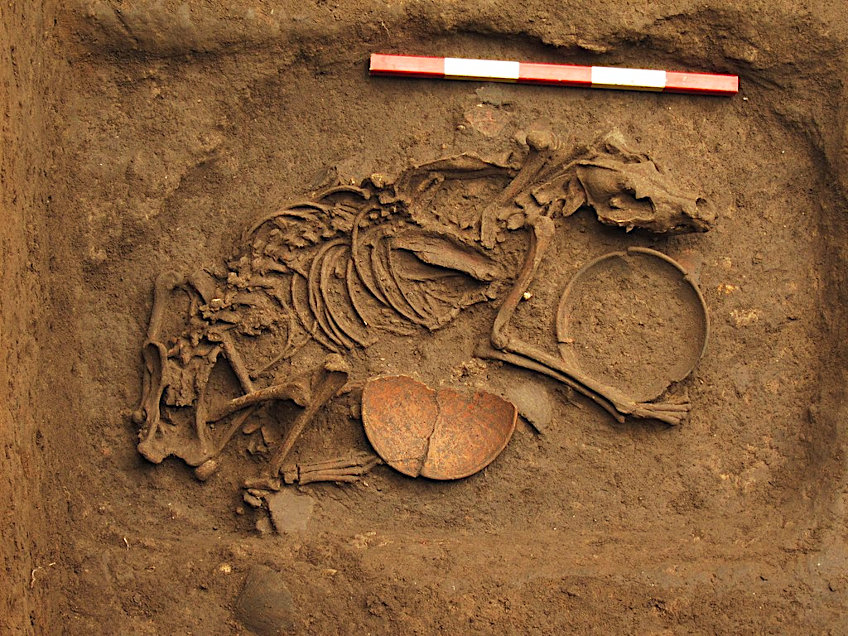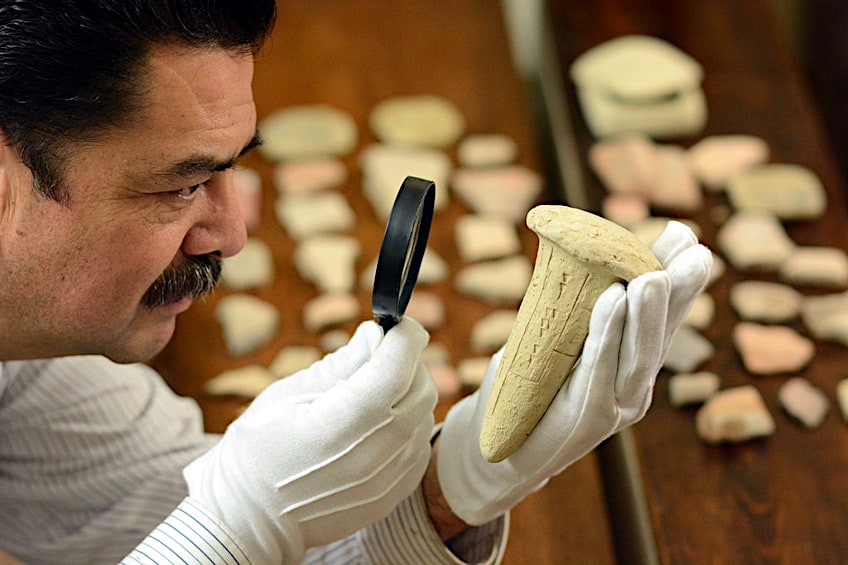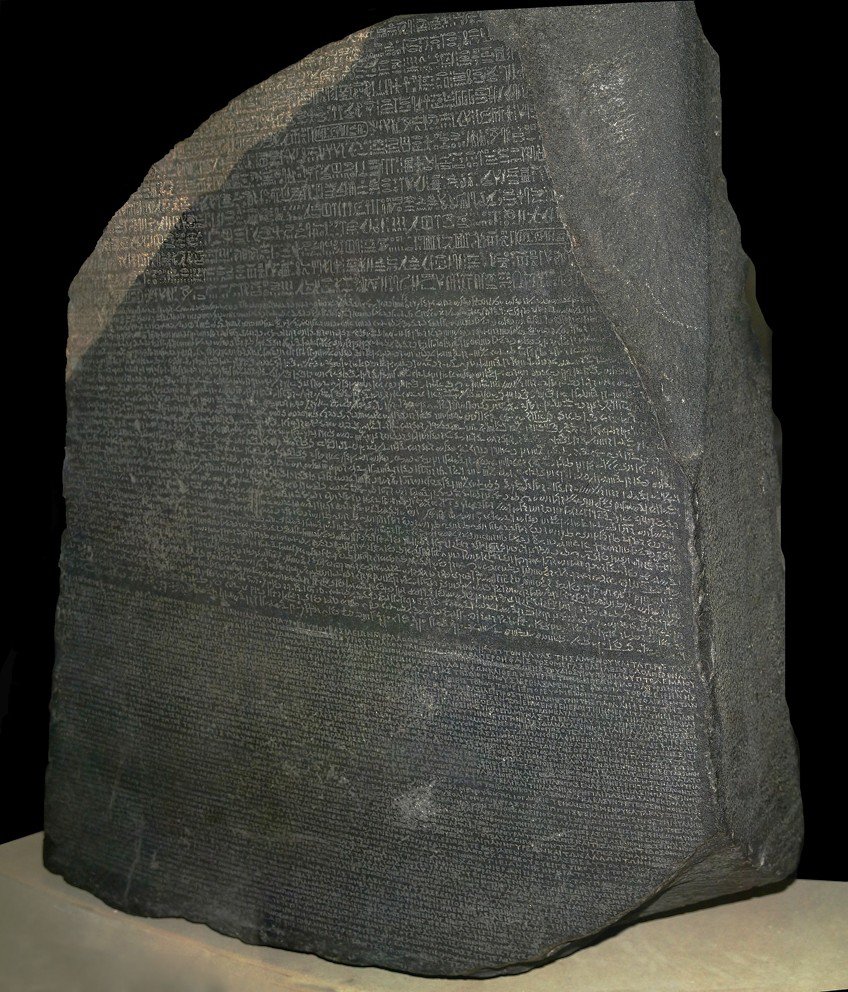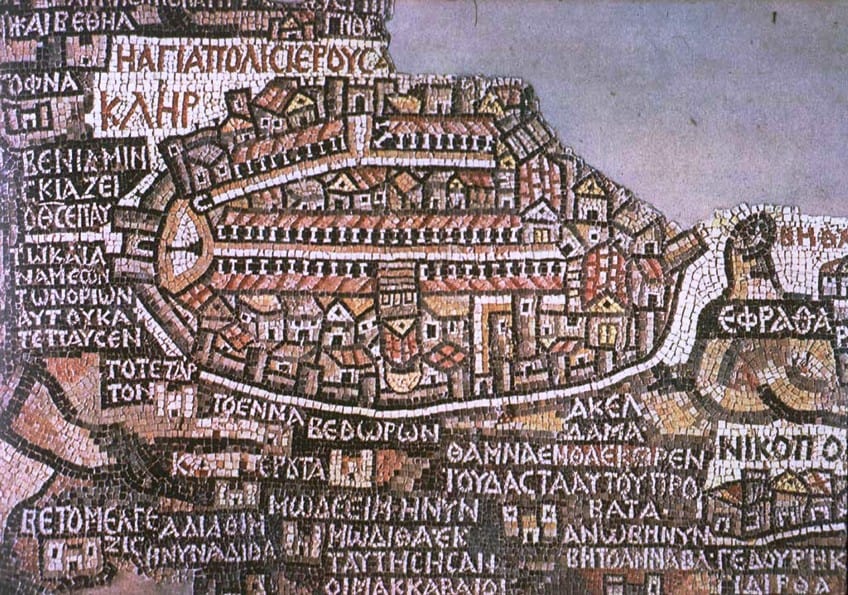What Are Artifacts? – Pieces of the Puzzle in History
What are artifacts? This is a good question, and over the course of this article, we will answer that question. There are many different types of artifacts, from ancient world artifacts to archaeological artifacts, historical artifacts, and many more. Let us have a look at the definition of artifacts, alongside an examination of several examples of these important cultural items. Keep reading to learn more about artifacts!
What Are Artifacts?
An artifact is any object that was made by human beings, in some or another fashion, that is notable because of its archaeological value. This is an incredibly broad label that can cover a great many things, although it does have a stricter academic definition within the field of archaeology as it is a specific designation used to describe an object of some description through archaeological means (although this may then come to exclude objects of similar cultural value that were not necessarily recovered through these more academic means, such as artifacts that have been on display since ancient times and so never needed to be recovered from an archaeological site).

Artifacts gain different monikers under different concepts, such as museums sometimes using the more neutral term “object” or those within art history adopting a more specified means of categorizing these items, such as through the use of terms like “carvings”, “sculptures”, “paintings”, and so on. Either way, what is generally acknowledged about artifacts, in general, is that they are related to human culture and so form part of collective human knowledge and civilization, there are numerous types of artifacts, and they are generally acknowledged to have value in and of themselves as items worthy of study and appreciation.
Where Artifacts Can Be Found
Artifacts are generally objects that can be found within archaeological sites, and because of this reason, they could be found in sites like burial locations, offerings, hoards, temples, or any other number of potential locations that could house an artifact of some kind. It can be difficult, at times, to determine which item is an example of an artifact, but if there is any degree of cultural significance to an object, then it is likely an artifact of some description.
These locations can often be the site of intense archaeological investigation, such as ancient ruins or temple structures.
Sometimes artifacts can be discovered in seemingly unusual locations, like domestic settings. Sometimes, artifacts are found in places like fields that once contained some aspect of human civilization but no evidence of it exists any longer on the surface. For this reason, an archaeological site may simply be the location where one spends the majority of one’s archaeological attention.
Types of Artifacts
There are many different types of artifacts in the wide world, and this vast assortment of potential artifacts means that there are many distinct sources of historical and cultural information that can be found in otherwise unlikely places. Archaeologists, when they discover an artifact, may wish to understand who made it, why it was made, which culture is attached to it, how did it reach the location in which it was found, and a myriad of other possible questions that may need academic answers.
There are many methods that archaeologists use to determine what an artifact is and why it was created, but artifacts ultimately become notable as different types.
For instance, there could be archaeological artifacts that are notable because of their specific archaeological information, such as being used as means of dating civilizations, periods, art styles, and so on. There could also be ancient world artifacts that help us to understand the ancient civilizations that would eventually morph and shift into the civilization in which we currently reside. There are also classifications like ecofacts, which are artifacts that are naturally occurring in some sense yet are related to human culture and can show us instances of diet, agriculture, or something similar.

Furthermore, historical artifacts may aid us in understanding the history of the world in which we live. Some examples of types of artifacts include objects like weapons, tools, pottery, artworks, metal designs, clothing, jewelry, and all manner of other potential items. So, what are cultural artifacts then? Well, a cultural artifact is really any artifact that in some way relates to human civilization and culture in general.
What Artifacts Can Teach Us
Artifacts are integral to understanding our past as record-keeping, over the vast majority of human history, tended to be rather lax. Some civilizations did engage in record-keeping, but generally only for the so-called “important” members of society. Much of the history of ordinary people has been lost over time, and much of the history of supposedly extraordinary people and events has also been lost.
Artifacts can help us to understand the cultures, religions, practices, and general customs of societies that have long since ceased to exist.
We can use these artifacts to understand older cultures, and by understanding older cultures, we can better understand our own. We tend to view our own culture as immutable and unchanging, but this is not the case. There is an origin for all things, even the things that we tend to want to believe have simply always existed, such as religious belief. However, through the study of artifacts, we can come to understand and appreciate our own civilizations and what events and beliefs led them to become what they have since become. To understand ourselves, we must first understand our past and how that has influenced the present that we now take for granted.
Examples of Artifacts
Let us examine five different examples of cultural artifacts that have been discovered over the centuries. It is often best to answer a question like, “What are artifacts?”, by looking at direct examples of them. So, let’s do that and discuss five of the most famous and important artifacts to have ever been discovered.
Mask of Tutankhamun (1323 BCE) from the Valley of Kings
| Creator | Unknown |
| Date | 1323 BCE |
| Materials Used | Gold, lazuli, obsidian, carnelian, and turquoise |
| Function | Funerary mask |
| Discovery Location | Valley of Kings, Egypt |

The Mask of Tutankhamun is a funerary mask that was discovered during the 1925 excavation of the tomb of the child pharaoh in question. The mask has become one of the most famous Egyptian artifacts of all time, and it has become, alongside the pyramids, one of the symbols of Ancient Egypt. The mask is such an important archaeological artifact because it shows the kind of craftsmanship that had been developed in Ancient Egypt alongside the importance of the inscription on the reverse side of the mask which contains an incantation from the Book of the Dead. This has allowed us to further understand the culture, and especially the funerary customs, of Ancient Egypt.
Terracotta Army (210 – 209 BCE) from Mount Li
| Creator | Unknown |
| Date | 210 – 209 BCE |
| Materials Used | Terracotta |
| Function | Funerary art |
| Discovery Location | Mount Li, China |

The Terracotta Army is a large collection of over 8,000 soldiers, 130 chariots, and 150 cavalry horses that are all made of terracotta for the purpose of protecting the tomb of Qin Shi Huang and the figure that was buried within. This man was the first emperor of China, and this vast Terracotta Army was discovered by accident by some farmers in 1974. The army has been extensively studied, but the tomb has never been opened because it appears to be hermetically sealed and so, if it were opened, the introduction of oxygen could cause the immediate deterioration of everything inside. This army has allowed us to understand the significance that this ancient figure possessed for the history of Ancient China, and it can help to show why the continuation of that Chinese monarchy until the early-20th century was able to be maintained for such a long period of time.
Dead Sea Scrolls (3rd – 1st Century BCE) from the West Bank
| Creator | Unknown |
| Date | 3rd – 1st Century BCE |
| Materials Used | Papyrus, copper, and parchment |
| Function | Scripture |
| Discovery Location | West Bank, Palestine |

The Dead Sea Scrolls are a collection of religious scrolls that were discovered in the Qumran Caves beside the Dead Sea. These scrolls are some of the oldest examples that have ever been discovered of biblical texts. These ancient scrolls were then extensively studied to understand the development of the Jewish and Christian faiths. There have been many fragments discovered in this location, but many of them have also been damaged over time. There are very few intact and well-preserved instances of these scrolls, but those that have been preserved, have formed an integral part of understanding the modern Judeo-Christian tradition.
Rosetta Stone (196 BCE) from Rashid
| Creator | Unknown |
| Date | 196 BCE |
| Materials Used | Granodiorite |
| Function | Stele |
| Discovery Location | Rashid, Egypt |

The Rosetta Stone is one of the most important historical artifacts because of its integral role in aiding us with understanding the Ancient Egyptian language. This ancient world artifact is a stele. This stele contains the same text written in three different scripts. The reason this is so important is because two of those alphabets were forms of Ancient Egyptian lettering that we could not read at the time whereas the only understandable language on the stele was Ancient Greek. This meant that this immensely important artifact helped us to decode and understand the Ancient Egyptian script through the Greek script that was also written on the stele. Without the Rosetta Stone, we may have never been able to read and understand the hieroglyphics that have become such a prominent fixture in our understanding of the Ancient Egyptian civilization.
Madaba Map (6th Century CE) from Jerusalem
| Creator | Unknown |
| Date | 6th Century CE |
| Materials Used | Mosaic |
| Function | Map |
| Discovery Location | Jerusalem, Israel |

The Madaba Map was once part of a floor mosaic that would be found in a church in Jordan. This map has been dated to the 6th century CE, and the reason for this artifact’s extreme importance is that it showed an ancient road layout for the city of Jerusalem and the surrounding areas. This was a map that had been a long time, and without this map, we would not have been able to fully comprehend the development of Jerusalem through the centuries. The map was also made by unknown artisans, but it does indicate further developments in the Byzantine style of which it is a part.
We have come to the end of our discussion about artifacts. We have provided definitions, discussions, and examples of artifacts, from historical artifacts to ancient world artifacts, and, hopefully, this means that you too have learned a good deal about these important pieces of human history. So, all that’s left to say is that we wish you a great day/week/month ahead!
Frequently Asked Questions
What Are Artifacts?
An artifact is generally defined as an item that holds archaeological value in relation to a better understanding of human civilization and history. There are many different types of artifacts, from historical artifacts to ancient world artifacts, and these can include all manner of objects, from weapons and tools to artworks and clothing. Anything that is old enough could, potentially, become an artifact provided it leads to an improved understanding of human existence.
What Are Cultural Artifacts?
Cultural objects are, effectively, any object that holds some kind of cultural value. It can, of course, be argued that all artifacts are also cultural artifacts. However, as the general term could also, theoretically, be used to describe non-human objects of value, this more specified term may be useful for distinguishing between a potentially natural artifact and one inherently connected to human civilization.
Which Item Is an Example of an Artifact?
An artifact is any object that holds some kind of cultural value from which we can learn something. So, a good and famous example might be the Mask of Tutankhamun. This is a funerary mask that was worn by the famous child pharaoh in his sarcophagus, and it has helped us to understand some of the religious beliefs associated with the burial of the pharaohs in Egypt. This artifact has thereby provided us with invaluable knowledge about this ancient civilization.
Justin van Huyssteen is a writer, academic, and educator from Cape Town, South Africa. He holds a master’s degree in Theory of Literature. His primary focus in this field is the analysis of artistic objects through a number of theoretical lenses. His predominant theoretical areas of interest include narratology and critical theory in general, with a particular focus on animal studies. Other than academia, he is a novelist, game reviewer, and freelance writer. Justin’s preferred architectural movements include the more modern and postmodern types of architecture, such as Bauhaus, Art Nouveau, Art Deco, Brutalist, and Futurist varieties like sustainable architecture. Justin is working for artfilemagazine as an author and content writer since 2022. He is responsible for all blog posts about architecture.
Learn more about Justin van Huyssteen and about us.
Cite this Article
Justin, van Huyssteen, “What Are Artifacts? – Pieces of the Puzzle in History.” artfilemagazine – Your Online Art Source. October 9, 2023. URL: https://artfilemagazine.com/what-are-artifacts/
van Huyssteen, J. (2023, 9 October). What Are Artifacts? – Pieces of the Puzzle in History. artfilemagazine – Your Online Art Source. https://artfilemagazine.com/what-are-artifacts/
van Huyssteen, Justin. “What Are Artifacts? – Pieces of the Puzzle in History.” artfilemagazine – Your Online Art Source, October 9, 2023. https://artfilemagazine.com/what-are-artifacts/.



